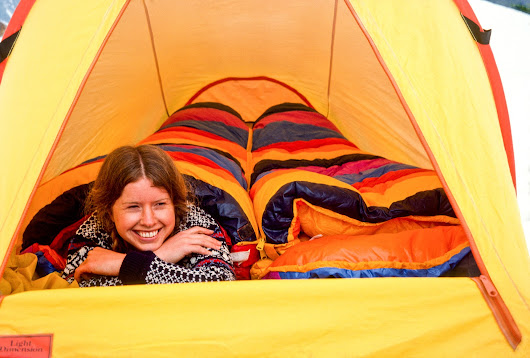‘Think
Small’ The simple headline was unprecedented. Bursting onto the scene in 1959,
the unusual ad campaign was probably the most famous ever created by the Doyle
Dane Bernbach advertising agency. Stunning everyone, it announced and
positioned the VW Beetle in a completely new way, changing the very nature of
advertising during that era. No one who ever saw it forgot it. It was ‘sticky’
before that word entered the broader lexicon, more tenacious than merely
memorable, it was truly unforgettable. And we talked about it.
It was
akin to a messaging tsunami. Why embellish product pitches with questionable platitudes?
Why not state a position based on an obvious truth and challenge your target
audience to think? Even though a pre-teen, I was already obsessed with cars and
the simple ad did not escape my attention. I thought it brilliant. Such restraint,
and yet confident, with undeniable clarity, cutting through the clutter,
standing defiantly alone. Advertising Age ranked it the best advertising
campaign of the century.
And now,
many years later, I recall it once again, as I have recently embraced a
discipline of small, a way to progress in the art of seeing, and craft of art, for
both my drawing and watercolor painting. When starting, or resuming after a
long absence, the fear of failure and the daunting white of the blank page
often hold one back, barriers to our learning and success. And also, the notion
that we should jump right into watercolor painting with a larger format, perhaps
a sheet of 22” x 30” cold press cotton paper. For anyone but a master painter,
it’s a likely recipe for disappointment and an impediment to making progress
with the medium. In short, a discouraging event of no small significance.
Paint
small and often seems like good advice. I’ve heard that statement more than
once from those who teach. And the same would apply to drawing, an essential
skill that provides a foundation for more successful painting. Think about it.
A tiny piece of paper, the real estate of a painting, is less precious, and
less expensive. The drawing or painting is contained in a sketch-like format.
It’s less formal, with a lower barrier to entry, which means that it’s easier
to plunge right in. The fear factor is significantly reduced, more iterations
can be churned out, and that faster production cycle makes it easier to quickly
attain skill, evaluate results, and make progress.
When taking art classes in college, we usually started with a large format in our studio classes, and a 9” x 12” sketchbook, with a homework assignment to complete five sketches a day. The frequency of that assignment helped us progress, but we took shortcuts, tackling portions of subjects as a study. What would have been better? Thumbnails.
I have
recently gridded out pages of my cheap sketchbook paper so that I can draw eight
thumbnail sketches on a page. Yes, they’re comically tiny, but the fear factor
is gone, so it’s easy to work up a form and value study quickly, in fact,
several of the same subjects in short order. I hadn’t known what I was missing.
It’s a freeing experience to make quick sketches, or little watercolors, in a
thumbnail format. And, they tend to be more spontaneous, loose, and exuberant
than larger studies. And that means that the process, and the results, are both
curious and fun. And fun is a key reason why we do this.
Confidence
is a key attribute for the artist in the realm of painting, as it is in rock
climbing or the discipline of mixed alpine. Of course, it is an attribute
attained through practice and the building of skills in your chosen medium. And
anything that removes barriers and makes practice more accessible and frequent
will propel one towards mastery and confidence. I have become a believer. These
small studies are foundational for both skill-building and exploration of ideas
before committing to a larger format. They function as a bridge between a concept
and the finished work. I now realize that thumbnails are an essential part of any
artist’s toolbox.











